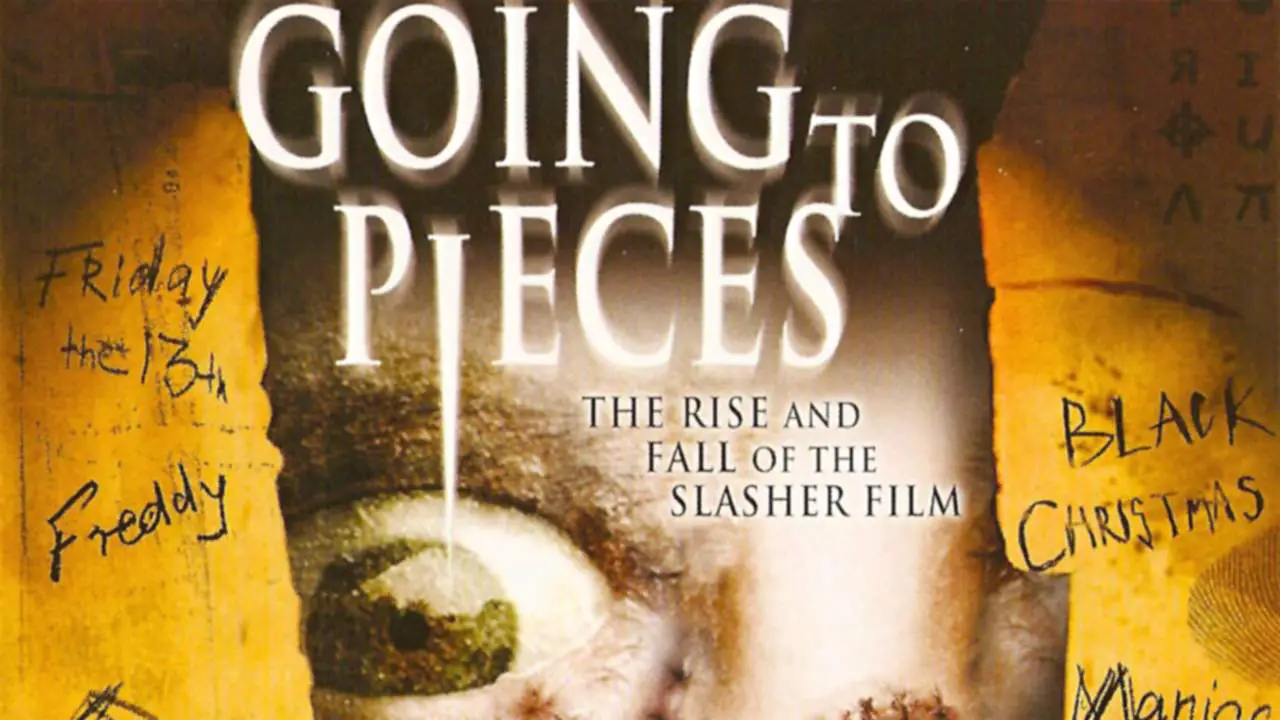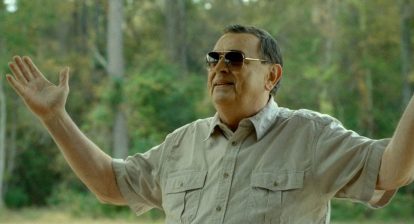John Carpenter’s The Thing is often heralded as his masterpiece. It really is one of his best, in addition to being one of the best sci-fi horrors, one of the best body horrors, and just one of the best horror films in general. The movie is virtually flawless. Yet it was completely unpopular when it was released. Unlike other Carpenter works which may not have made a huge dent at the box office but did well enough on their own, The Thing was considered to be an outright failure. It was such a disappointment financially that Carpenter was let go as the director of Firestarter, which was going to be his next project.
This is a shocking response to a movie that is now almost universally heralded as great, but it happened. Why it happened is an interesting thing to explore, and the answers are not terribly clear-cut. There are a number of factors; the first and most prominent factor being the time in which it was released. The Thing came out in June of 1982, the summer that also saw the release of E.T. Where Carpenter’s film failed, that one was a major success. The two could not have been more different and ultimately audiences wanted an upbeat, optimistic message. Space paranoia was coming back and people wanted to believe the notion that if there actually was something out there, maybe it wouldn’t be so bad.
The Thing is the total opposite of E.T.. It’s an incredibly nihilistic movie. This isn’t a bad thing, necessarily. After all, it’s horror, it doesn’t have to be optimistic if it doesn’t want to be and is usually scarier if it’s not. This is a hopeless film about human mistrust and paranoia. These people may have been able to survive if they worked together, but their fears get the better of them and because there’s no trust between them there’s ultimately no hope for their survival. It’s just as powerful a message as E.T.’s story about friendship and family. Neither one discredits the other. Ultimately, E.T. was what the people wanted and The Thing was shunned essentially because it horrified people.
The other problem that faced The Thing is something we think of as a little more modern. Think about how you react when you hear that a favorite childhood classic of yours is being remade. The first reaction is definitely more often hostile than it is excited. Not a lot of people seem to be embracing the idea that Gremlins has a remake on the way with the screenwriter of the upcoming Goosebumps adaptation. Hell, just look at the way people reacted to the Thing prequel, which was more or less advertised as a remake.
It was no different when Carpenter’s version was released. It was an update of a beloved 1950’s cult classic and was a very different version of the story. People didn’t know how to react to it. This wasn’t a time when you could go online and read virtually everything about the development of a particular movie. It was teased in magazines like Fangoria, where fans began to embrace the idea of it, but that’s a very small community of people, especially in 1982.
People went into theaters only knowing the name of the movie and its association with the original. They were definitely not prepared for what they saw, which was—although gorgeously done—utterly grotesque. This was before the height of the VHS boom, where you could rediscover a film on video that you may have passed off the first time. And that’s ultimately how The Thing did build its audience, it just took a long time. Once video began to establish itself, people began to discover it more and more.
DVD only helped things by restoring the film to its original aspect ratio and providing bonus content that gave an in depth look at all the work that went into creating The Thing for pretty much the first time. While every movie is hard to make, people really busted their ass on this one and I think seeing that helped people to appreciate it a little bit more.
Carpenter has had a few misfires in his career but has always said that he takes The Thing hardest because he truly believed it was one of the best things he had ever made. And it really is. It’s more than understandable to be so upset when a film this good is virtually forgotten in the time of its initial release. Even once it was discovered, even after it started to gain fans, it was too late to really see any financial success from it.
Still, however long it took to become so, John Carpenter’s The Thing is one of the all-time classic horrors. Rarely do people ever try to argue that point. It succeeds on a story level and a visual level with complete synchronicity in a way that we’ve almost completely forgotten how to do in this day and age. Like An American Werewolf in London, the effects of The Thing are so astounding that they never seem to age. Even now, after countless viewings, the movie amazes me. That, if anything, is a sign of true success.






